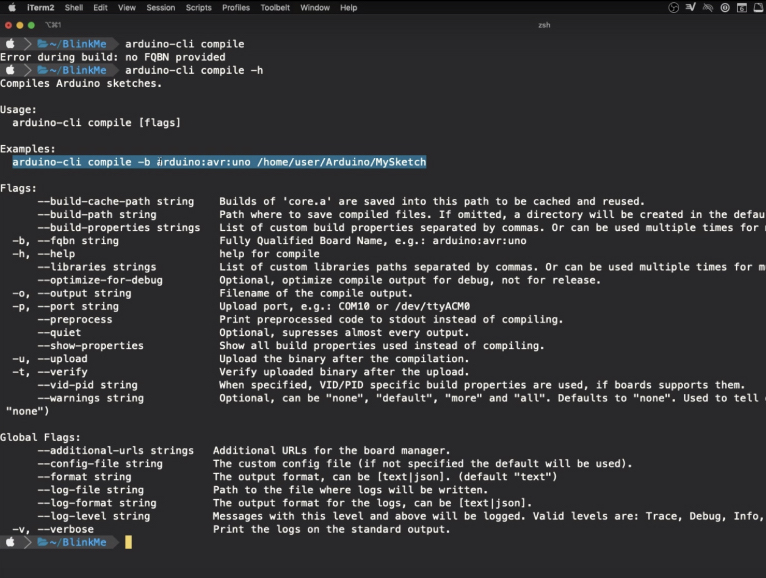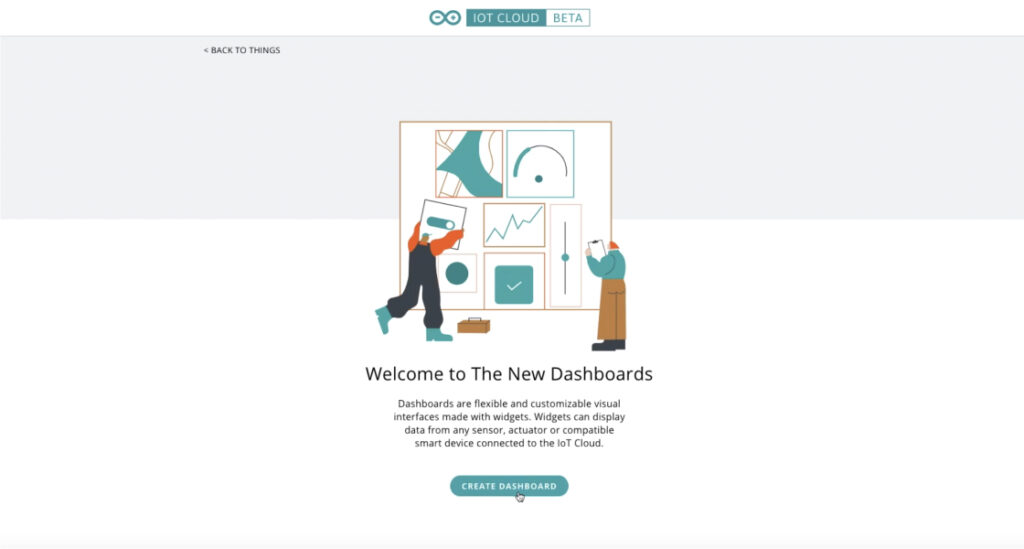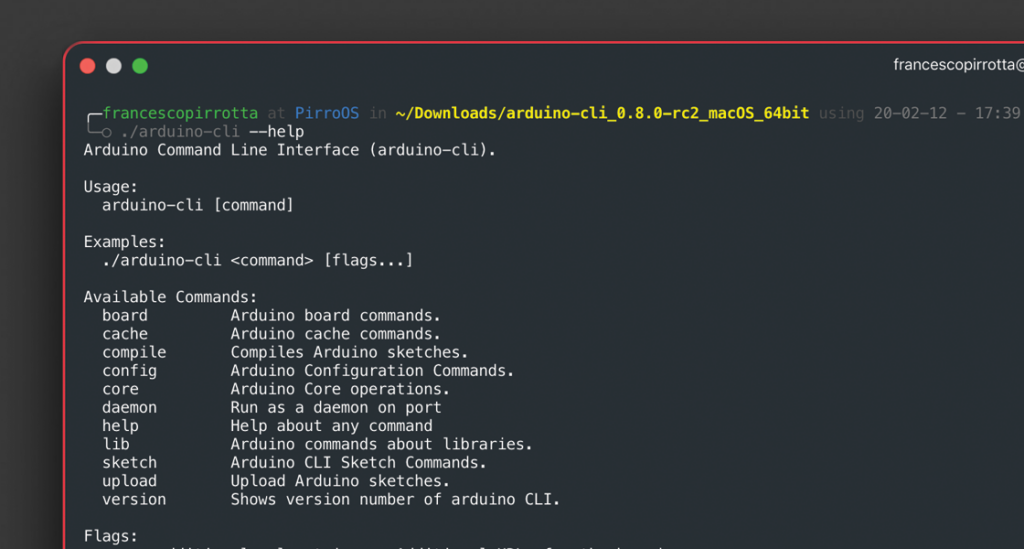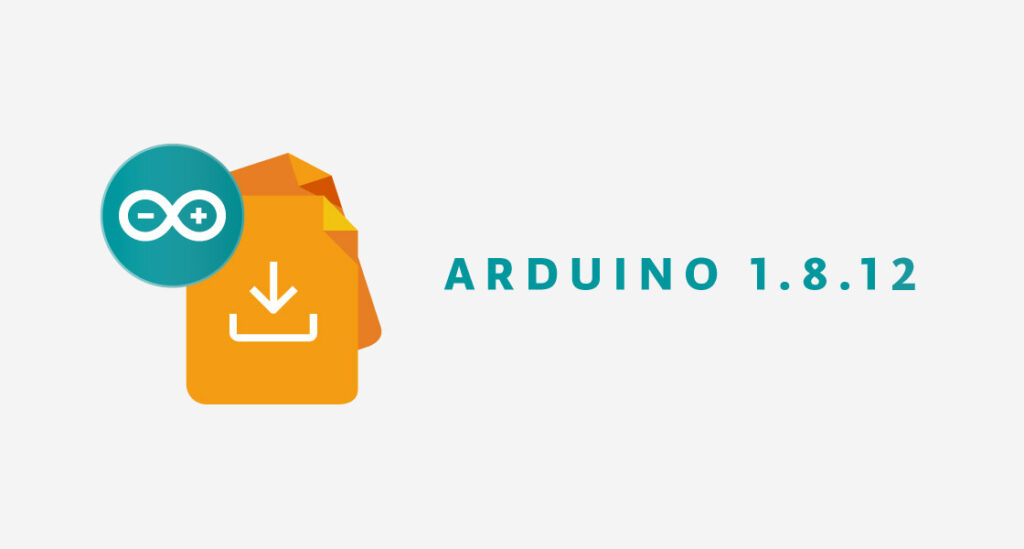Together, Let’s Make COVID-19 History
Combating COVID-19 Conference: A Collaborative Arduino Community Initiative
to take place on April 2nd at 5pm CET
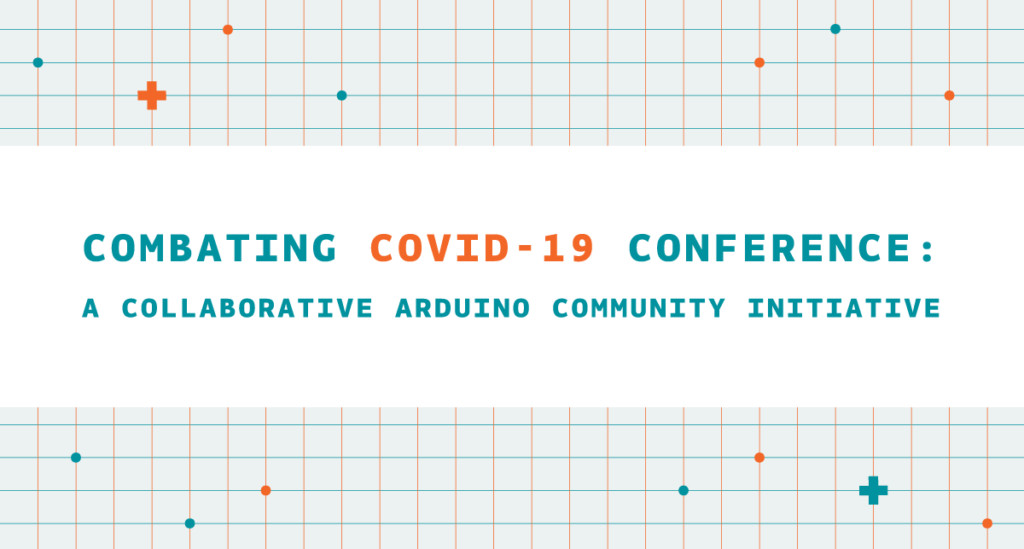
Humanity is facing one of the most trying events in its history and as technologists, makers and designers we are asking ourselves how can we help.
How can we contribute to the efforts to save lives, to help our fellow human beings?
All of us have been thinking about this and observing what was going on in the world.
We have seen communities, including the Arduino community, trying to design devices that would help hospitals cope with the lack of equipment; we’ve seen people firing up their imagination and their 3d printers in an effort to build something that could save even a single human life.
Having noticed that a large number of these efforts are using Arduino technology we reached out to a number of these communities to offer our help, donate some hardware, provide engineering support and do whatever we can considering that we are a small company.
One thing that was striking to us is the large amount of duplication in the work people are doing – many people are spending valuable time trying to overcome similar challenges in their design, rather than sharing their solution to the benefit of all and moving on to the next hurdle. Also that there are different teams with different strengths and skill sets that would be better working together than apart.
We must do better, be more effective, work together and merge efforts to solve these problems and reach our common goal quicker and more efficiently.
Because of all of this we want to invite as many of these projects as possible to an online gathering, to get people talking, to offer help on how to design and make hardware, how to think about the software, and how to scale manufacturing (we would like to share our knowledge in making tens of thousands of open source boards per week). Finally and most importantly we must take guidance from medical professionals so that they can steer requirements and validate the designs so our efforts have the most positive impact.
Join us online on April, 2nd to understand how we can work together to do better together, and Together – Let’s Make Covid-19 History
David Cuartielles, Massimo Banzi co-founders of Arduino (on behalf of Arduino)
Combating COVID-19 Conference: A Collaborative Arduino Community Initiative
will take place on April 2nd at 17.00 CET.
This is an open invitation to anyone currently using Arduino compatible devices within a project to design and manufacture ventilators, respirators or other devices to combat COVID-19. Be you a doctor, an academic, a professional company/researcher or an innovator you are more than welcome to join the conference.
The conference will be hosted in Zoom (link available soon), with the ability to interact with Arduino and other members on the conference via Discord (free download here).
There are different ways to participate in the conference; you can present your Arduino based project to combat COVID-19, support other community projects or provide expert advice – we are all stronger together.
(N.B. if you want to present and share your project, please complete this form by 12.00 (noon) CET on April 2nd)
More information on the conference will be available soon, in the meantime you can learn more about Arduino’s overall response to COVID-19 emergency here.





